shopper research: packaging - mind hack your shopper
by: Klara Bruveris
Do you understand your shopper's mind enough to influence that final purchase decision?
In this post PLAY researcher Dr. Klara Bruveris explores the mind of the shopper in a retail environment with a focus on packaging (one of our favourite topics!).
The reality
In today’s retail environment, shoppers are presented with an overwhelming number of options and brand touch points.
Countless decisions are being made along the customer journey but the final and most vital, is the decision made at the shelf.
In reality, no one has time to evaluate the thousands of products in a supermarket or store. The human mind is a cognitive miser, finding shortcuts wherever possible.
These habits and subsequent decisions are driven by emotional memories stored in the brain and called upon when we need them (what heroes!).
But how do we form these memories, and what does this mean for your brand?
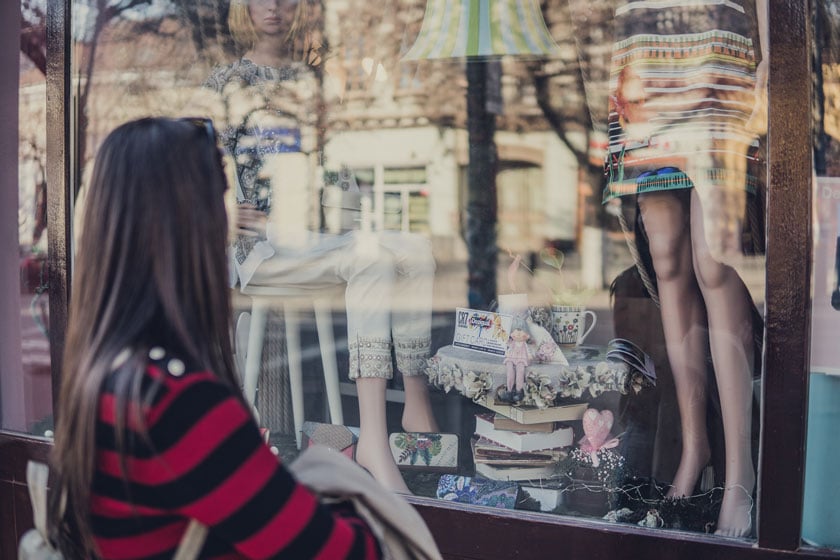
Cutting through the noise
To ensure success, brands must understand how shoppers make decisions and make the most of the opportunity to influence that crucial final purchase decision.
Brands should create straightforward, efficient mental shortcuts to influence shoppers’ judgements and purchase decisions.
Marketers must focus on brand salience, and respect shoppers’ existing associations, while constantly refreshing and rebuilding memory structures.
It is essential to create and make use of a brand’s distinctive brand assets to connect with the mind of the shopper.
The way your product is packaged (from the first advert, to the packaging on the shelf, to how society perceives it), all impacts on whether the shopper gravitates to your product.
In-turn, this influences what brand somas (a memory that connects a certain emotional experience to a brand) will begin to develop, and future purchasing behaviour.
Heuristics, while providing a useful shortcut for purchase decisions, is a complex process affected by numerous external influences.
To make it slightly more complex, everyone has different heuristics, different need-states and different ways they respond to different touch points.
This has become increasingly fragmented and problematic in an era of personalised marketing.
Sounds messy. So, what can you do about it?
If you want to understand the mind of the shopper and how to optimise your packaging for greater impact in the retail environment, it is important to first put yourselves in the shoes of the shopper.
What decisions are being made and why? What different elements are involved in the decision-making process?
A few things to consider:
1. The senses and shopping.
Sorensen has conceptualised the three moments of truth in shopping: reaching, stopping and closing the sale. Holding the packaging is key to converting the shopper to a buyer.
Your product needs to be in the right place. This is the place the shopper expects: the place the shopper can easily navigate to, and see.
Head of Customer Insights at Endeavour Drinks Group, Rodney Sammut, recently told us, "If you look at decision hierarchies that shoppers have - it is driven by the store layout."
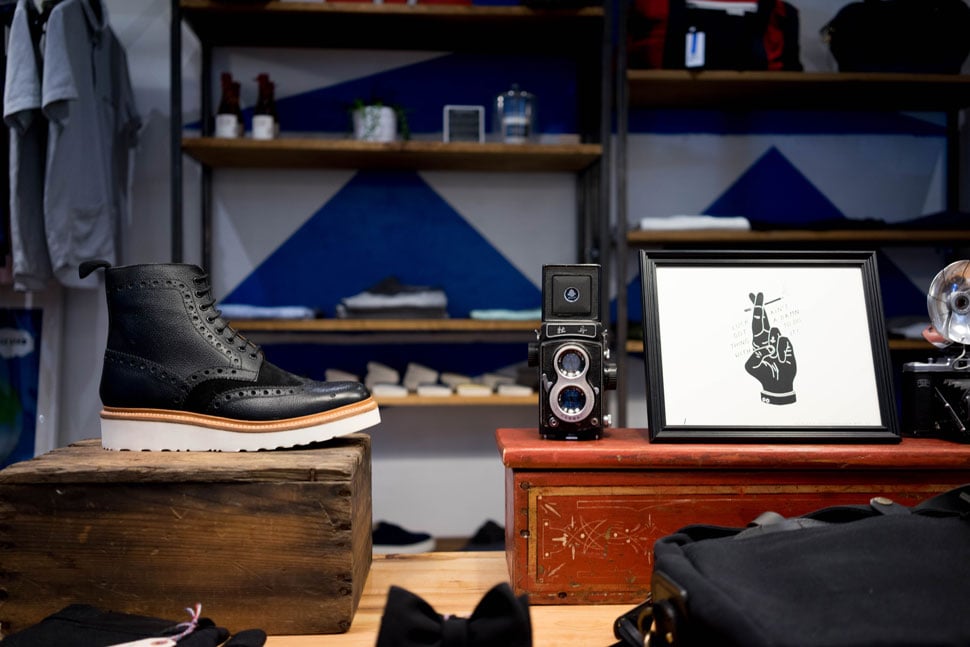
2. The cognitive miser.
Shoppers aren’t spending hours making a decision. In fact, on average a decision at shelf takes 3-5 seconds. Most of the time we act as cognitive misers, using mental short cuts to make decisions.
Supermarket shopping, for example, is considered not to be hedonistic; it is habitual and often thought of as a chore. Grocery shoppers are largely ‘apathetic’ and ‘convenience’ shoppers, with only a small number who are ‘involved’.
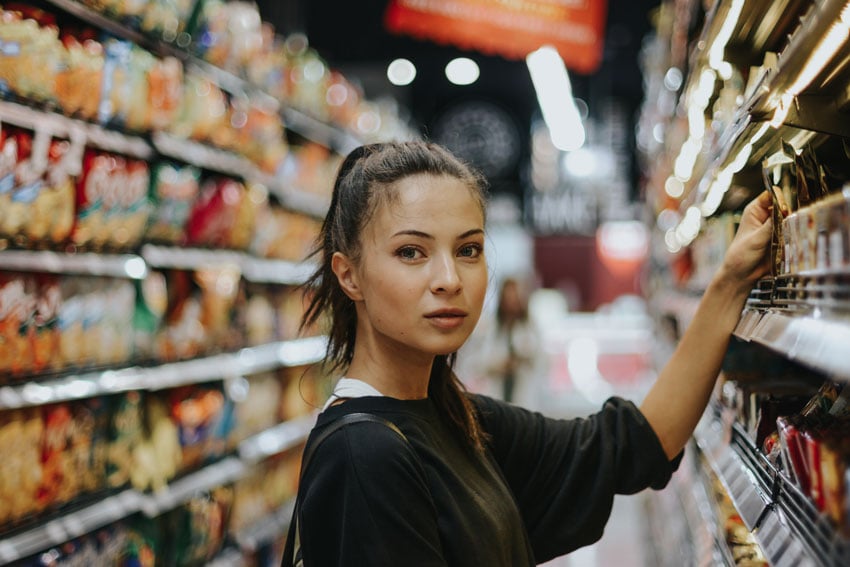
3. Heurisitics and emotions.
Our decisions in store are driven by emotion and what will make us feel good.
"The essential difference between emotion and reason is that emotion leads to action while reason leads to conclusions."
(Neurologist Donald Calne)
In our contemporary brand-saturated world, we have also developed what Erik Du Plessis calls ‘brand somas’. These somas drive you, often unconsciously, towards a purchase decision.
In fact, as Philip Graves argues, the greatest success a brand can have is when it becomes so synonymous with a person’s desire that "the unconscious mind has it as the answer before the conscious mind gets involved in considering the question".

4. Priming.
The shoppers experience of your product will be dependent on how they've been primed. That first interaction with a brand is a very important moment.
You want to develop emotional ties between you and your potential consumer as quickly as possible. This will not happen if the advertising (often the first time a shopper is introduced to your product) is focused purely on functionality.
5. Social trends.
It is no secret that while we often consciously crave to demonstrate our individuality, subconsciously we more often act like sheep.
For example, in the wine category, even Millennials that exhibit independent behaviours in other categories are likely to revert to looking for traditional cues and authority figures.
Therefore, it is important to consider developing or established trends and how they could potentially impact on a shopper’s interaction with a consumable.

6. Fear.
The fear of losing something is felt particularly keenly by the shopper. As Kahneman and Tversky put it: "In human decision making, losses loom larger than gains."
When used in advertising, it can prime shoppers either about your product or service, or that of someone else, in the case of comparative advertising.
The McGuigan’s wine advert, for example, demonstrates how the company has cleverly played on Millennials’ fear of being made a laughing stock for bringing the wrong wine.
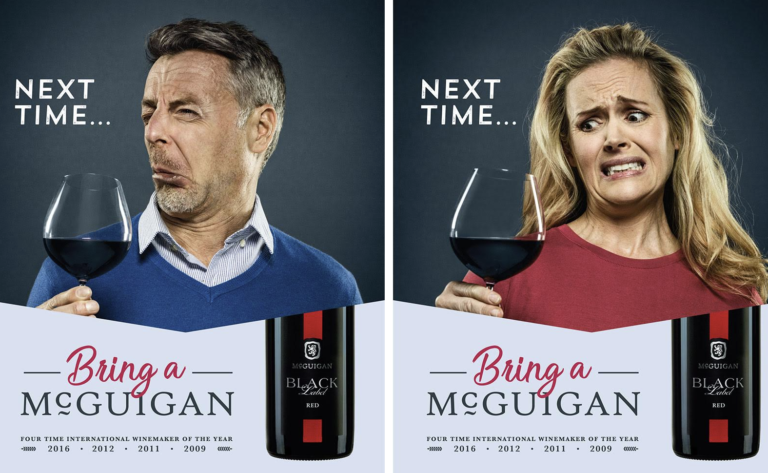
7. Social change.
More and more people in Australia, and globally, are becoming increasingly aware of their environmental footprint. This is demonstrated, for example, by the growing popularity of veganism. In Sydney there are now 63 restaurants dedicated purely to serving vegan food, and this number is fast-growing.
We see this awareness of social impact driving trends on the supermarket shelf.
People are not only looking for environmentally friendly products, but also packaging that reflects this. The packaging must create the right signals - and the product needs to follow through on the promise.
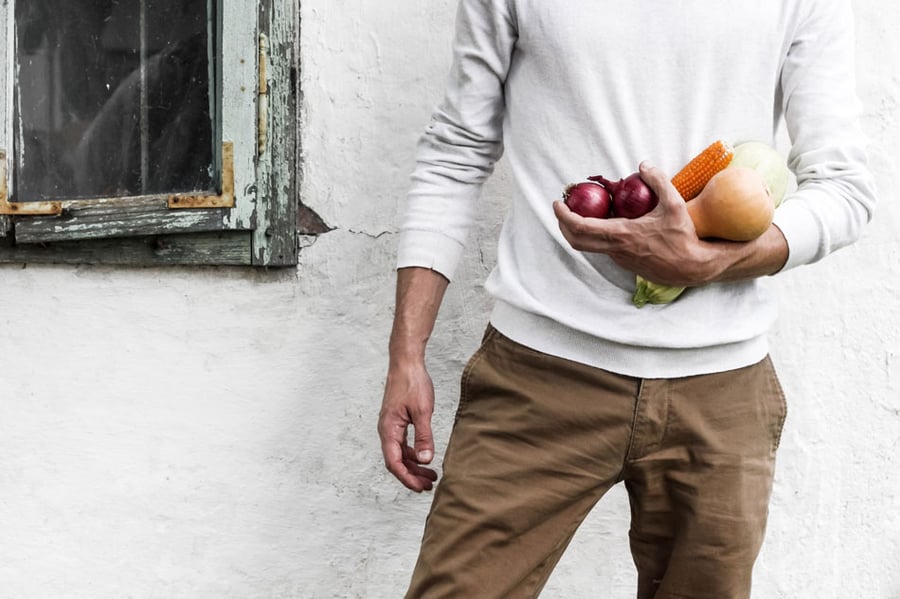
We explore all of these key areas in juicy depth and provide 6 practical takeouts in our free report: Packaging: Mind Hack Your Shopper [Part 1]. Featuring:
- Exclusive interview content with industry experts:
-
-
Rodney Sammut (Head of Customer Insights at Endeavour Drinks Group)
-
Michael Sergeant (Global Marketing Manager at Casella Family Brands)
-
Justin Dowel (Managing Director at Natures Organics)
-
-
-
Important academic thinking and findings which apply to the retail environment.
-
Real world examples and practical tips for marketers.
read it, love it, share it.
about the author











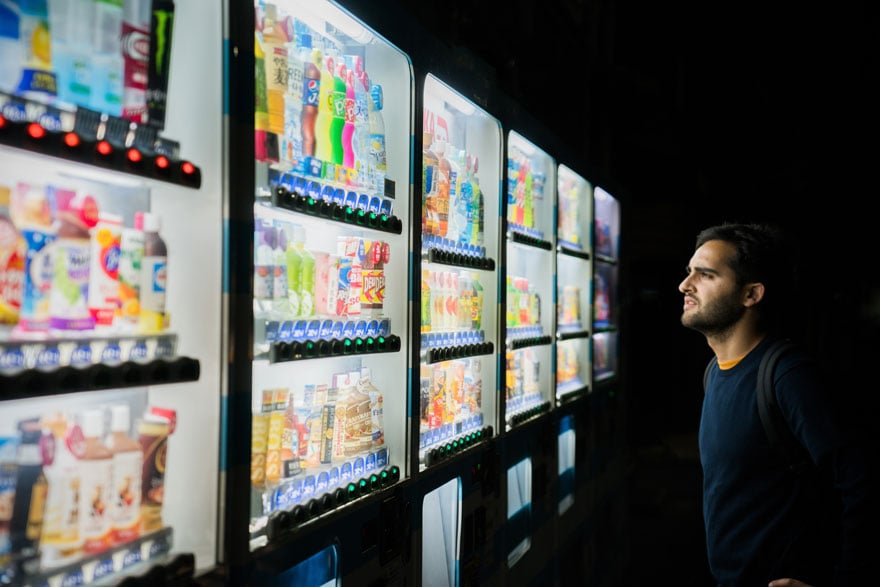
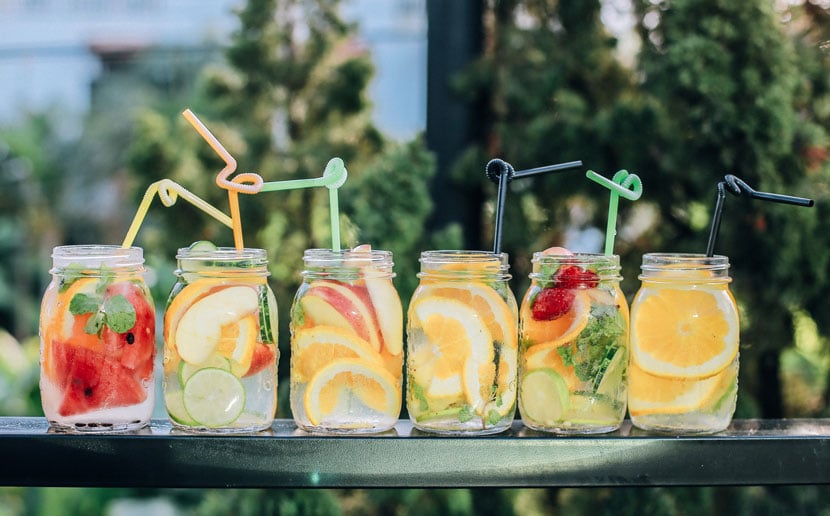


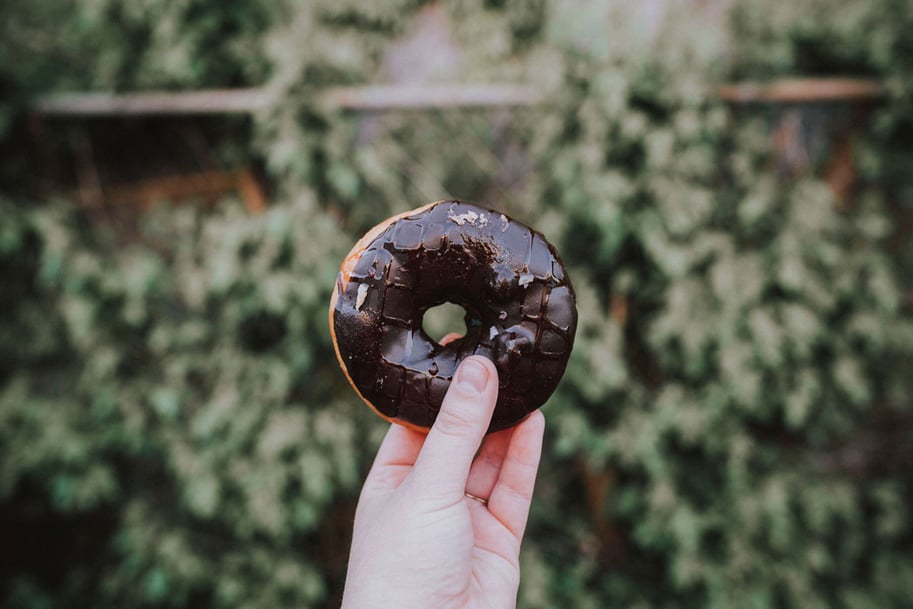


ask the author